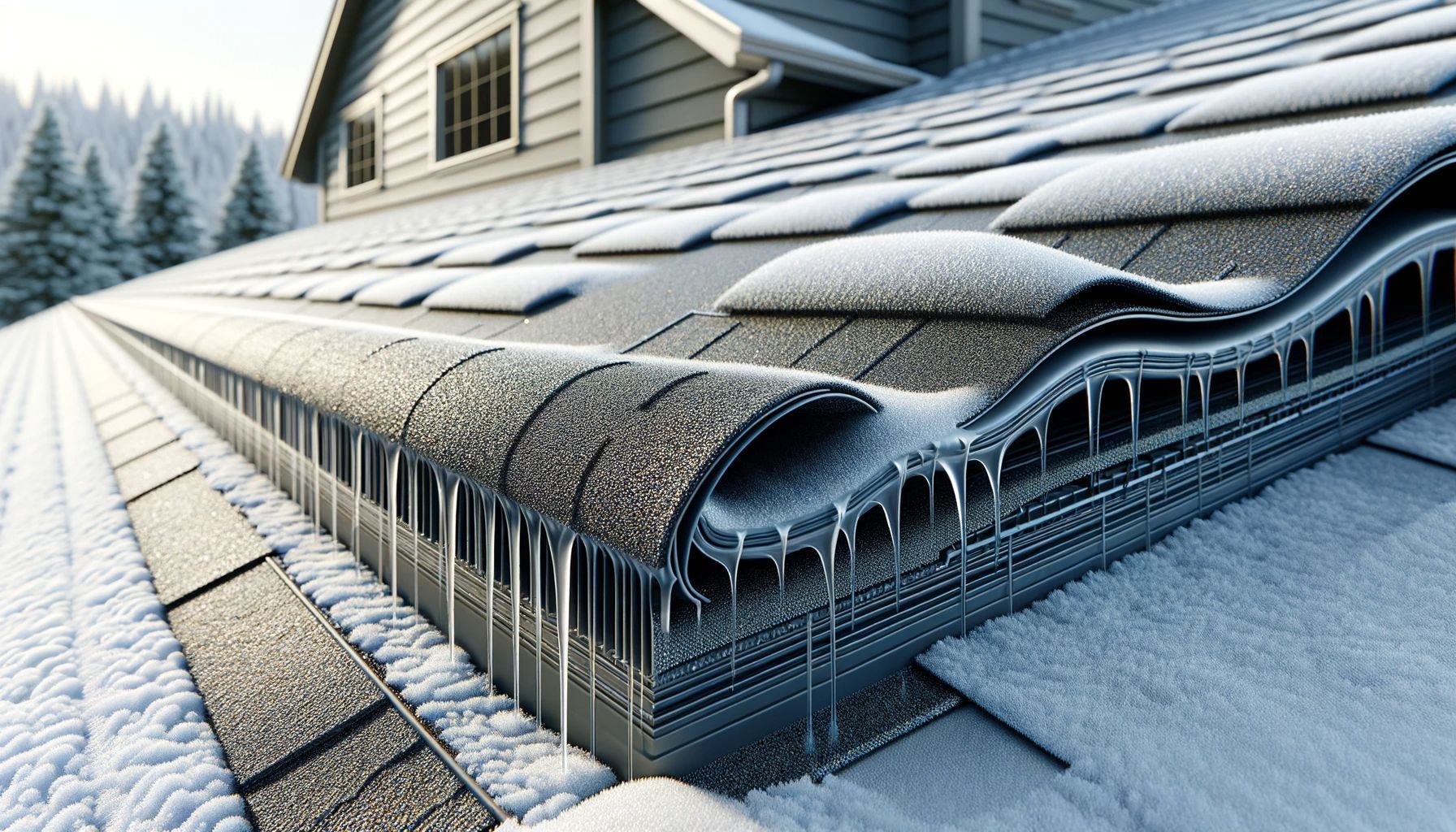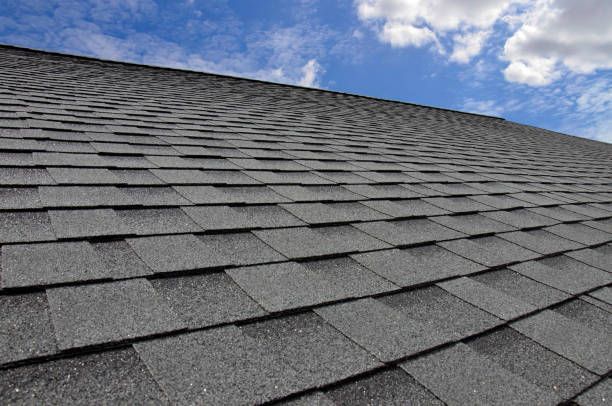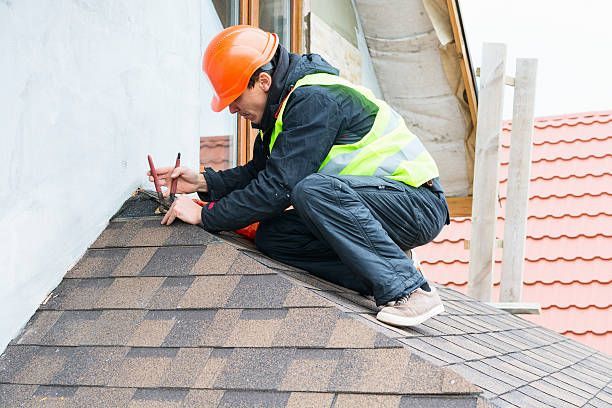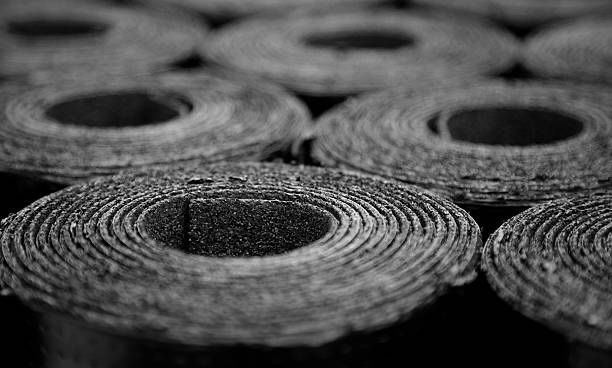The Ultimate Guide to Properly Sealing Your Flat Roof
Flat roofs are a popular choice for many homeowners and commercial properties due to their modern look and efficient use of space. However, ensuring that your flat roof remains leak-free and in good condition requires regular maintenance, particularly when it comes to sealing. Properly sealing your flat roof not only extends its lifespan but also prevents costly repairs down the line. In this guide, we’ll walk you through the steps to effectively seal your flat roof, ensuring it stands up to the elements and continues to protect your property.
1. Assess the Condition of Your Roof
Before you start sealing your flat roof, it’s crucial to inspect its current condition. Look for any visible signs of damage such as cracks, blisters, or areas where the membrane might be peeling. It’s also important to check for any accumulated debris, such as leaves or branches, which can impede the sealing process and cause future issues. If your roof has significant damage or if it’s been a while since it was last inspected, it might be a good idea to consult a roofing professional.
2. Clean the Roof Surface
A clean surface is essential for a successful seal. Begin by removing any debris from the roof. Use a broom or leaf blower to clear off loose material. For more stubborn dirt or moss, a pressure washer can be effective, but be sure to use it carefully to avoid damaging the roofing material. After cleaning, allow the roof to dry completely before proceeding with the sealing process.
3. Repair Any Existing Damage
Address any damage you found during your initial assessment before applying a new sealant. For minor cracks and blisters, use a roof repair patch kit or a compatible roofing sealant to fill in these areas. Ensure that the repair material is suitable for the type of roofing you have (such as EPDM, TPO, or PVC). Allow any repairs to cure fully according to the manufacturer’s instructions before applying the sealant.
4. Choose the Right Sealant
Selecting the appropriate sealant for your flat roof is critical. There are several types of sealants available, including:
- Acrylic Sealants: Ideal for many flat roofs, acrylic sealants are flexible, durable, and resistant to UV rays. They are also easy to apply and clean up.
- Silicone Sealants: Known for their excellent waterproofing properties and long-lasting performance, silicone sealants are great for roofs with high moisture exposure.
- Polyurethane Sealants: These are highly durable and work well in both hot and cold climates. They offer good adhesion and flexibility.
Always check the manufacturer’s recommendations to ensure compatibility with your roofing material.
5. Apply the Sealant
Follow these steps for a smooth application:
- Preparation: Use a paint roller or a brush for application, and consider using a primer if recommended by the sealant manufacturer.
- Application: Start applying the sealant from one end of the roof and work your way to the other end. Apply an even layer of sealant over the entire surface, focusing on seams, joints, and any repaired areas. Be sure to follow the manufacturer’s instructions regarding thickness and application techniques.
- Drying Time: Allow the sealant to cure completely before walking on the roof or exposing it to weather. This can take anywhere from a few hours to a few days, depending on the product and weather conditions.
6. Inspect and Maintain Regularly
New paragraphOnce your roof is sealed, regular inspections and maintenance are key to prolonging its lifespan. Check your roof periodically for any signs of wear or damage and address issues promptly. Clean the roof as needed to prevent debris buildup that could affect the sealant.
7. Professional Assistance
If you’re unsure about any part of the sealing process or if your roof has significant damage, it’s always best to consult a professional roofing contractor. They have the expertise and tools necessary to ensure that your roof is properly sealed and maintained.
Conclusion
Properly sealing your flat roof is an essential part of maintaining its integrity and extending its lifespan. By following these steps—assessing the condition, cleaning the surface, repairing damage, choosing the right sealant, applying it correctly, and conducting regular maintenance—you can help ensure that your flat roof remains in excellent condition for years to come. For any doubts or complex issues, don’t hesitate to seek professional help. A well-sealed roof not only protects your property but also provides peace of mind.
Contact Alexander's Roofing
If you need expert advice or assistance with sealing your flat roof,
Alexander’s Roofing is here to help. Our team of experienced professionals is dedicated to providing top-quality roofing solutions tailored to your needs.
Contact us today for a consultation and ensure your roof gets the care it deserves!





















